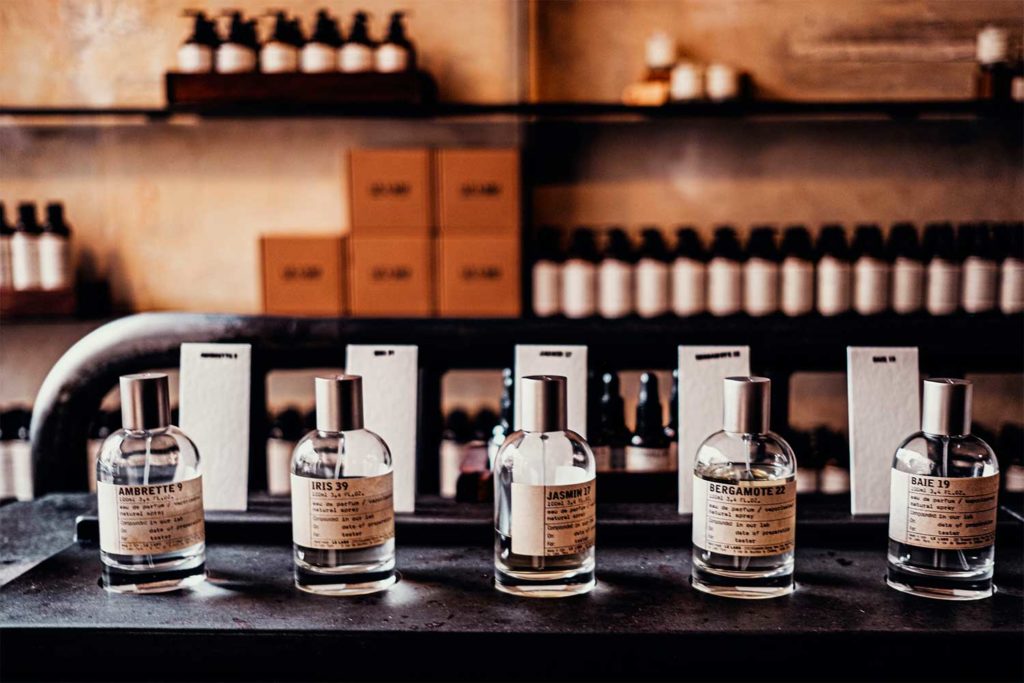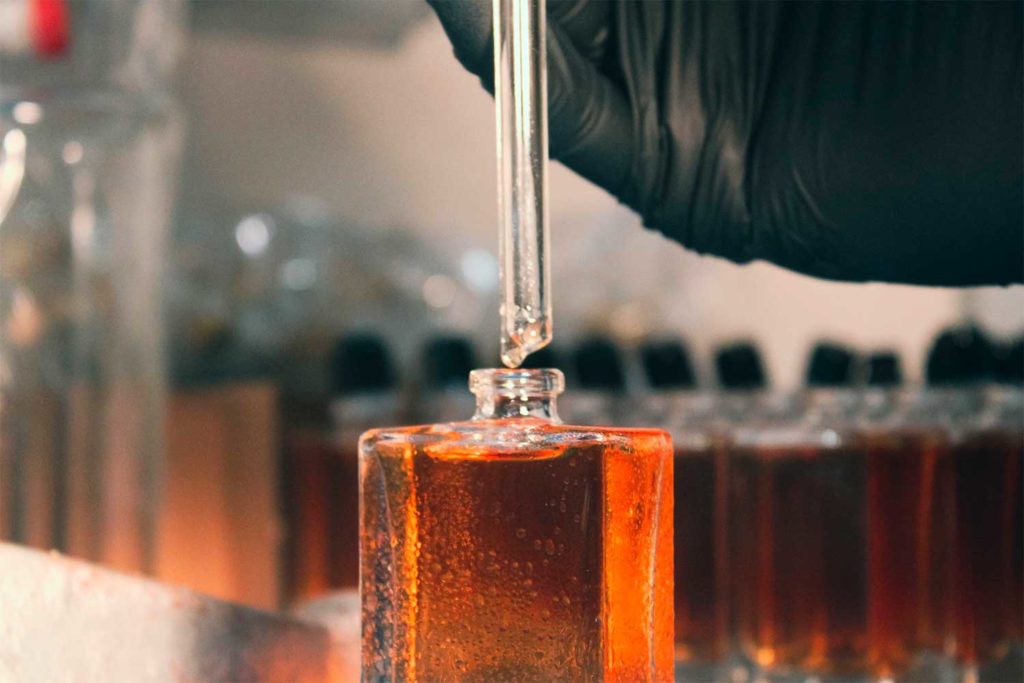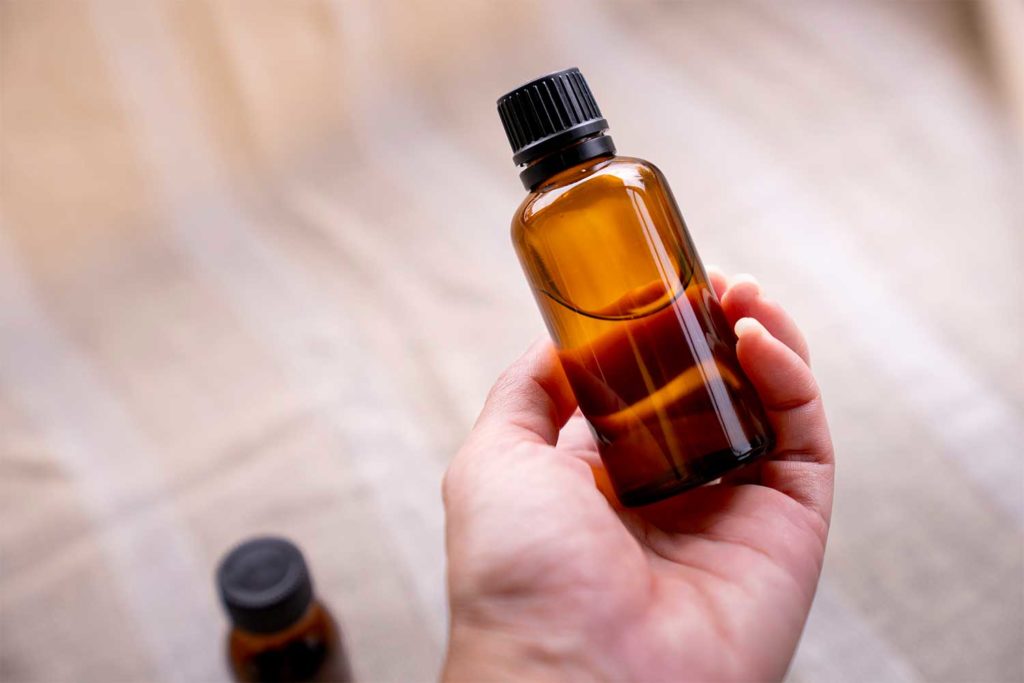How do you build an olfactory pyramid that faithfully captures an emotion or memory when creating a perfume? It requires a rigorous method that combines chemistry, memory, and storytelling.
Transforming a memory or emotion into a fragrance is not a matter of poetry, but rather a process of chemical, narrative, and sensory interpretation. The nose, far from being a mere artist, acts as a technician of memory. The olfactory vocabulary, which is very limited in Western languages, requires shortcuts. However, creating a coherent olfactory pyramid from a mental impression – childhood, the sea, a wood fire, or the scent of a loved one – requires organizing raw materials around a clear structural axis. It is not a matter of stringing together pleasant notes, but of giving a stable and lasting meaning to a fleeting sensation.
The perfume industry relies on this ability to condense the abstract into formulas. For a perfume workshop or perfume creation course to be effective, it must incorporate this method of interpreting experience through specific materials that respond to physical rules (volatility, persistence, molecular synergy) as well as emotional logic. The final coherence of a fragrance depends on the precise construction of a pyramid—top, heart, and base—capable of faithfully recreating the memory without betraying the original perception.


Building an olfactory pyramid: a rigid structure for a diffuse memory
The olfactory pyramid, which appeared in the 1940s, imposes a functional hierarchy. Top notes are the most volatile: they evaporate in 15 to 30 minutes. They include citrus fruits (lemon, bergamot, grapefruit), aldehydes, and aromatic aromas (lavender, mint). Middle notes are more persistent (lasting 2 to 4 hours) and provide the link between the opening and depth: flowers, spices, fruits. Finally, base notes anchor the fragrance. They can sometimes linger for more than 24 hours thanks to woods, musks, resins, and balms.
This structure helps stabilize an abstract idea. Memories are often vague, composite, and fragmented. The pyramid transforms them into a journey through time. For a madeleine dipped in tea, we might imagine a zesty top note (lemon), a floral and pastry heart note (orange blossom, almond, vanilla), and a woody base note (sandalwood, cedar). This requires discipline: each note must have a clear olfactory function, serving the intended memory.
The price of ingredients also influences the composition. A fragrance containing May rose absolute can quickly exceed $600/kg, while a synthetic accord based on Iso E Super costs less than $90/kg. The budget therefore sometimes limits the emotional impact. A warm, animalistic emotion can be recreated with ambroxan (€65/kg) or natural castoreum (over €2,000/kg), depending on the creator’s ambition or budget.
Analyzing memories: between neurology, language, and technical choices
The first step is to verbalize the memory. This is no easy task. The brain does not store smells in the same circuit as images or sounds. Olfactory memory is linked to the limbic system, the seat of emotions. As a result, it is common to experience a “familiar” smell without being able to name it.
In a perfume creation workshop, trainers often ask participants to describe the memory through sensory analogies: temperature, texture, atmosphere. From there, olfactory families can be extracted. A damp, earthy, and cold sensation points to mosses, roots (vetiver, patchouli), and ozone notes. A dry, warm, and spicy atmosphere suggests saffron, leather, and myrrh.
The next step is selecting the raw materials. It is important to think in terms of chemical compatibility. Not all materials blend harmoniously. Iris (made up of irone) does not go well with citrus fruits if poorly dosed. Jasmine does not tolerate strong aldehydes. Formulation accidents are common, especially in formulas inspired by complex emotions, as they rely on strong contrasts.
The nose – whether professional or knowledgeable amateur – must therefore decide: which aspect of the memory should be retained? Should a scent be faithfully reproduced or simply evoke an atmosphere? A memory of a garden can be reconstructed using a green (galbanum), floral (rose, jasmine) or earthy (patchouli) accord, depending on the dominant emotion chosen.
The balance between sensory narration and commercial appeal
A fragrance built on an emotion must also remain accessible to the public. Excessive personalization will make it incomprehensible to the untrained nose. This is a common pitfall in perfume workshops, where participants seek to recreate a very intimate scent that is sometimes indecipherable without context.
The role of the perfumer is then to act as a mediator. They make the emotion communicable. This involves compromise. A memory of a damp forest and wet leather may be considered too dark or dirty. The professional will steer the composition towards more acceptable materials (notes of pine, cedar, white musk) while maintaining a sincere emotional connection. This tension between emotional fidelity and olfactory consistency is constant.
Furthermore, the pyramid structure also responds to commercial logic. A fragrance must capture attention from the first spray. Top notes are therefore often “crafted to seduce.” In industry jargon, this is referred to as a “hook note.” A citrus or exotic fruit base creates an immediate impression. This can sometimes betray the initial memory, but remains necessary to ensure customer loyalty.
Brands also rely on repeating tested accords. In 2023, more than 45% of new launches included cashmeran or hedione, according to data from the Fragrance Foundation. These molecules are reassuring and easily integrated into most compositions, even those based on personal memories. This standardization limits originality but guarantees a certain olfactory safety.


Sensory translation in practice: example of a reconstructed memory
Let’s take the example of a childhood memory: a summer snack in an orchard, with notes of toast, fig jam and fresh grass. The nose must identify the key elements, their order of appearance, and their chemical nature:
- Top notes: green accord (galbanum, cut grass), accentuated by a hint of lemon for freshness.
- Middle notes: fig (via fig leaf absolute or a lactonic accord), white flowers to soften (freesia, sambac jasmine).
- Base: toasted bread (via ethyl maltol), blond wood (Virginia cedar), ambrette for warmth.
This type of formula may require between 25 and 40 raw materials, both natural and synthetic. The total price of the materials, at an average concentration of 15%, can range from $50 to $180 per kilo depending on the quality. The dosage also determines the hold: an extract will require more base notes, an EDT more top notes.
The execution takes time: a coherent formula requires 10 to 15 trials. Each test is adjusted by micro-dosages: a 0.1% variation in a note can change the balance. It is this precision that transforms an evocation into a wearable fragrance.
From emotion to formula
Creating a fragrance from a memory is an exercise in balancing sensitivity and structure. The nose must combine memory, storytelling, and chemical compatibility. Far from a free artistic exercise, the olfactory pyramid imposes a rigid but necessary framework. It channels emotion and makes it intelligible to other noses, whether professional or consumer.
This skill is acquired through training and method, often in a perfume workshop or a supervised creative course. But staying true to memory always requires a rigorous selection of ingredients, a strict hierarchy of notes, and a realistic translation of experience into molecules. It is this rigor that ensures the success of a coherent and sincere fragrance.
XperienceFrance is your travel specialist in France.
